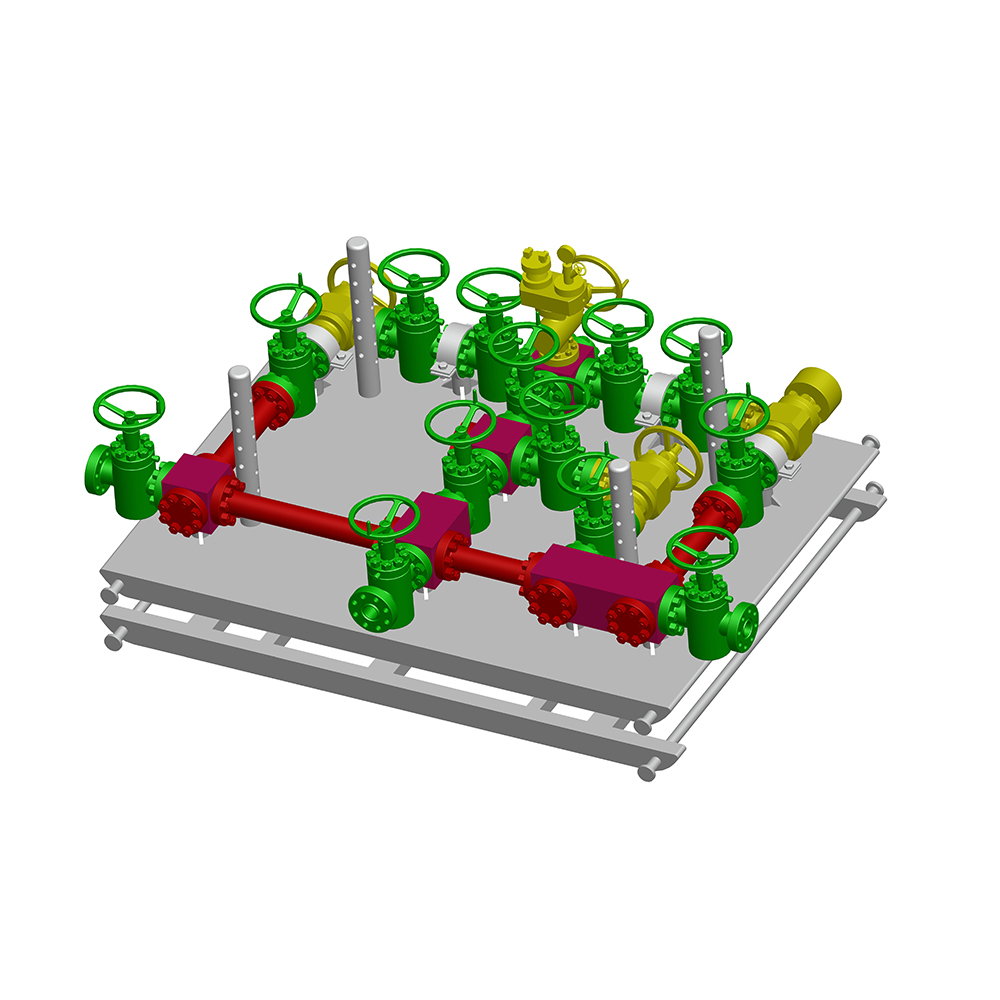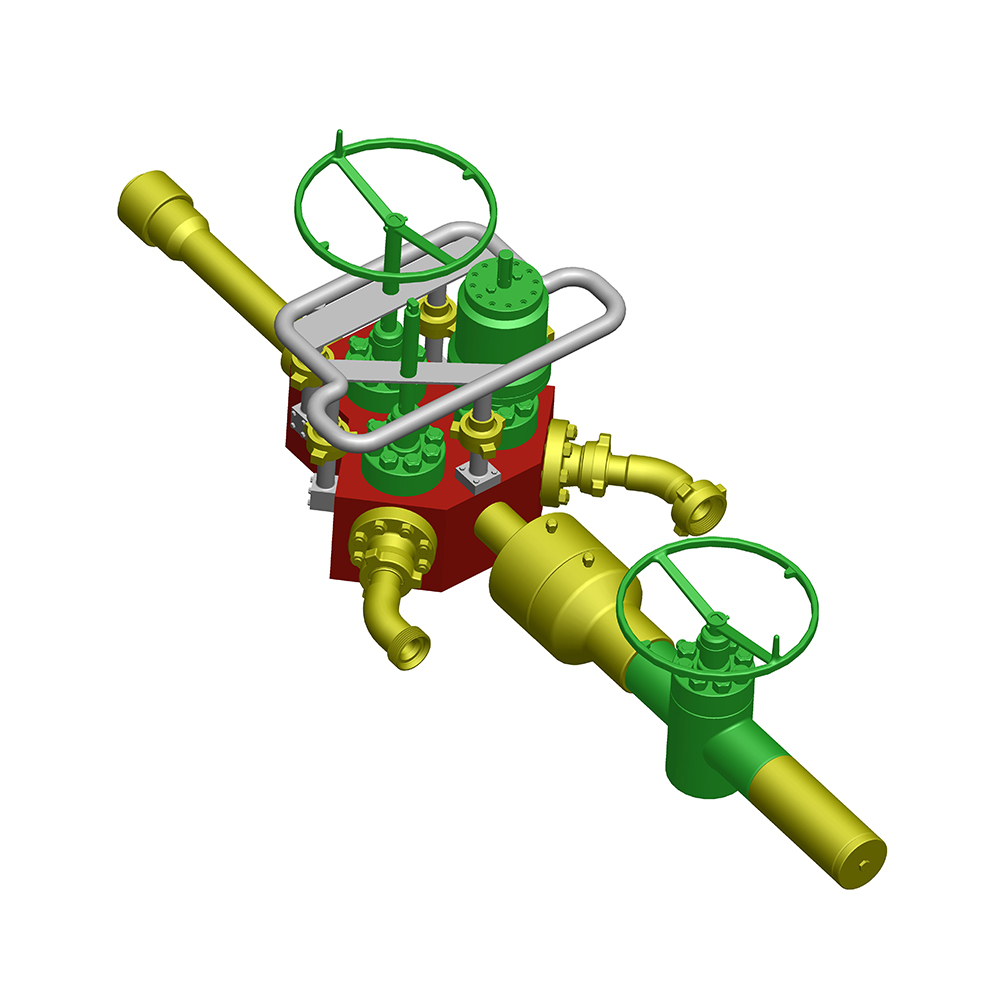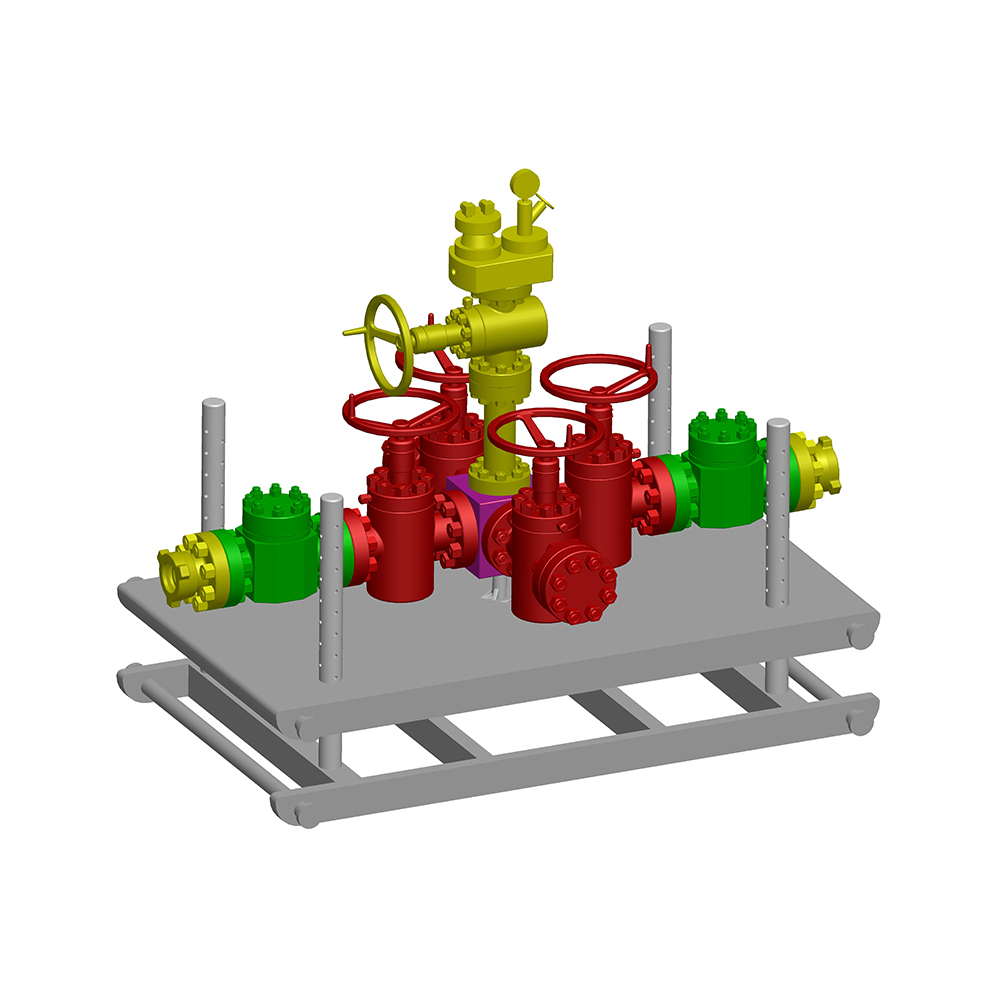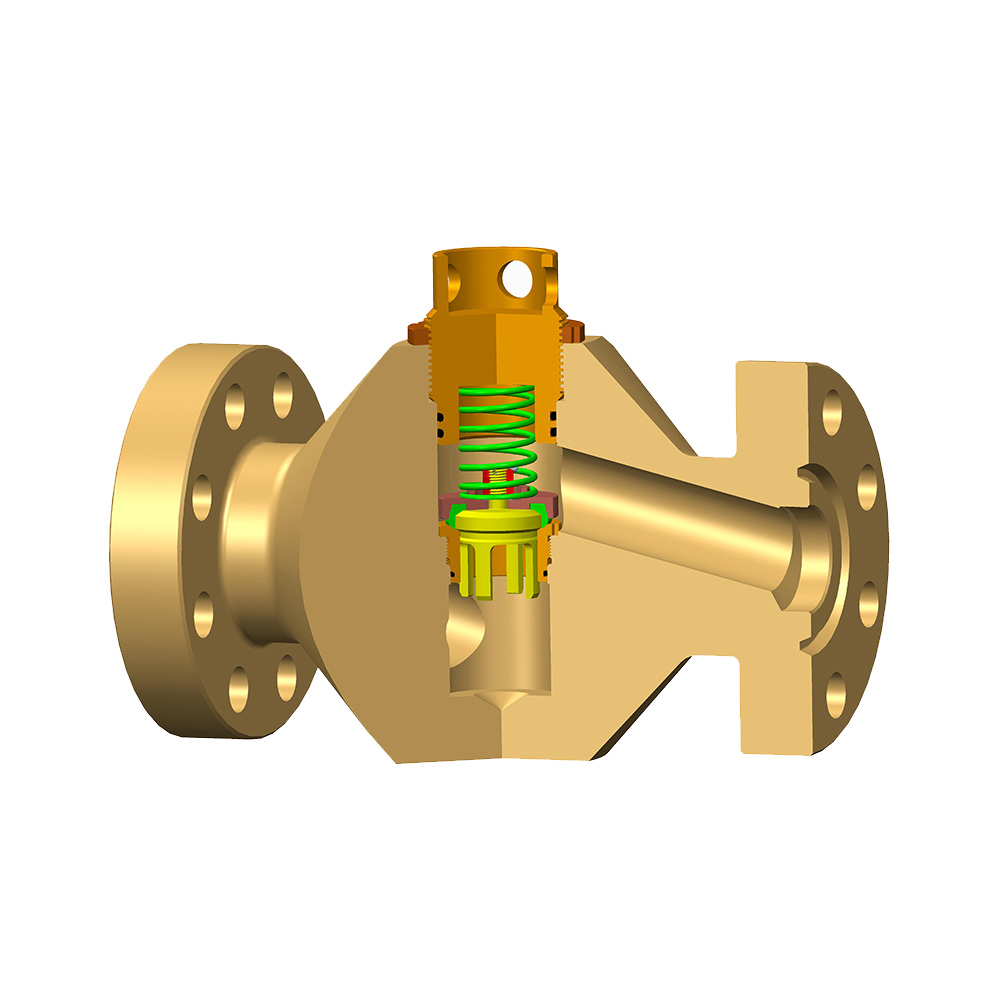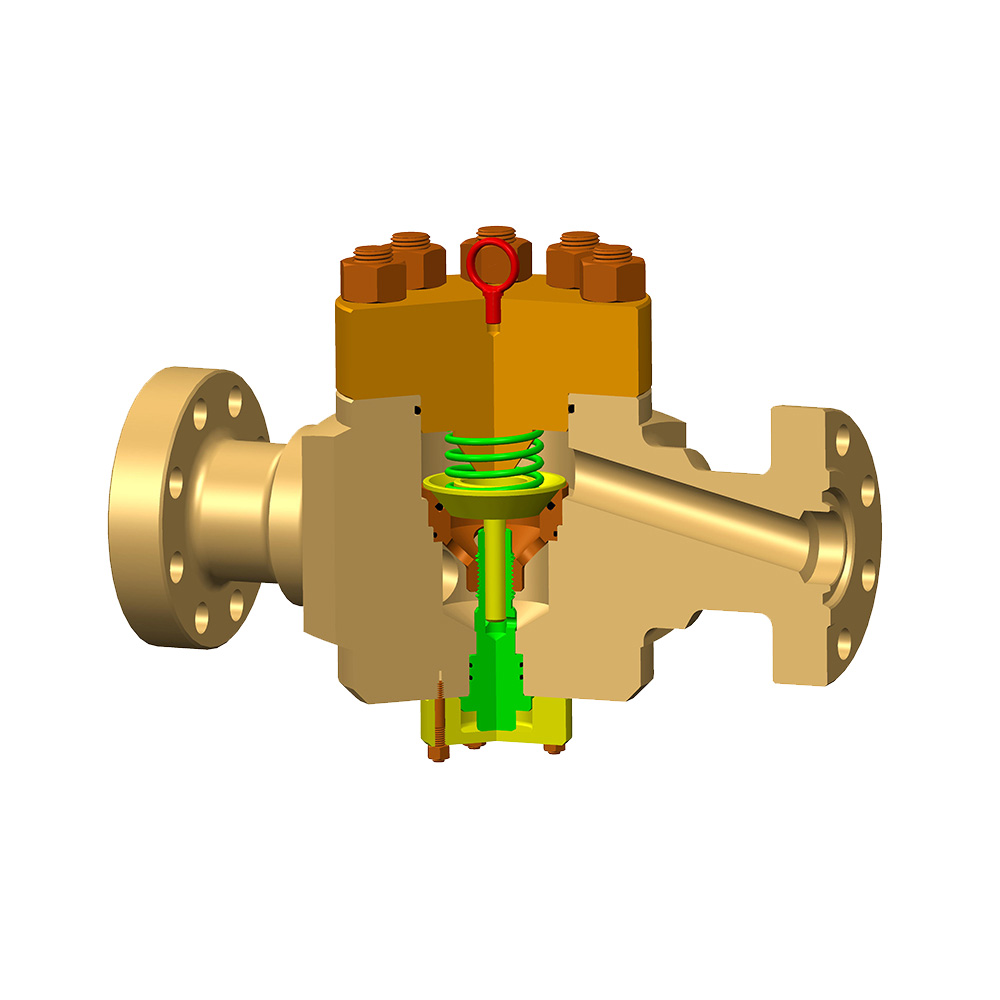In industries ranging from oil and gas to power generation, gate valves are indispensable components for controlling fluid flow in high-pressure environments. Their robust design and reliable operation make them a cornerstone of critical infrastructure.
The Anatomy of a Gate Valve
A gate valve’s primary function is to start or stop fluid flow—not to regulate it. Its design centers around a flat or wedge-shaped “gate” (disc) that moves perpendicular to the flow path. When fully open, the gate retracts into the valve bonnet, creating an unobstructed passage that minimizes pressure drop. When closed, the gate seals tightly against two parallel seats, blocking flow completely.

Key components include:
Body and Bonnet: Heavy-duty materials like stainless steel or forged alloys ensure structural integrity under high pressure.
Stem: A threaded stem connects the handwheel or actuator to the gate. Rising stems provide visual confirmation of valve position.
Seats and Packing: Metal-to-metal or elastomer-enhanced seats ensure leak-tight closure, while packing materials (e.g., graphite) prevent stem leakage.
High-Pressure Performance: Design Principles
In high-pressure systems (often exceeding 1,000 psi), gate valves excel due to three critical design features:
Full-Bore Flow Design
The gate’s full-port configuration eliminates flow restrictions when open, reducing turbulence and erosion—common challenges in high-velocity, high-pressure applications.
Bidirectional Sealing
Unlike globe valves, gate valves seal equally effectively in both flow directions. This versatility is crucial in systems where pressure direction may vary.
Wedge Mechanism
Wedge-shaped gates (solid, flexible, or split) leverage system pressure to enhance sealing force. As pressure increases, the wedge is driven tighter against the seats, improving shutoff reliability.
Challenges and Solutions in High-Pressure Environments
While gate valves are built to withstand extreme conditions, their performance hinges on proper selection and maintenance:
Material Selection: For corrosive or high-temperature fluids, materials like duplex stainless steel or Inconel resist degradation.
Thermal Expansion: Flexible wedges compensate for temperature-induced seat distortion, maintaining sealing integrity.
Erosion Mitigation: Hard-faced coatings on gates and seats prolong lifespan in abrasive media (e.g., steam or slurries).
Applications in Industry
Gate valves are the go-to choice for high-pressure systems requiring infrequent operation but absolute shutoff. Examples include:
Oil and Gas Pipelines: Isolating sections for maintenance or emergency shutdowns.
Power Plants: Controlling steam flow in turbines and boilers.
Water Treatment: Managing high-pressure feedwater systems.
Maintenance Best Practices
To ensure longevity in high-pressure settings:
Regularly inspect packing glands for leaks and replace worn packing.
Lubricate stems to prevent seizing.
Cycle valves periodically to avoid sediment buildup on seats.
Gate valves thrive in high-pressure systems because their simplicity, durability, and full-bore design align perfectly with the demands of industrial applications. By understanding their mechanics and adhering to maintenance protocols, engineers can maximize reliability and safety—even under the most extreme conditions.


